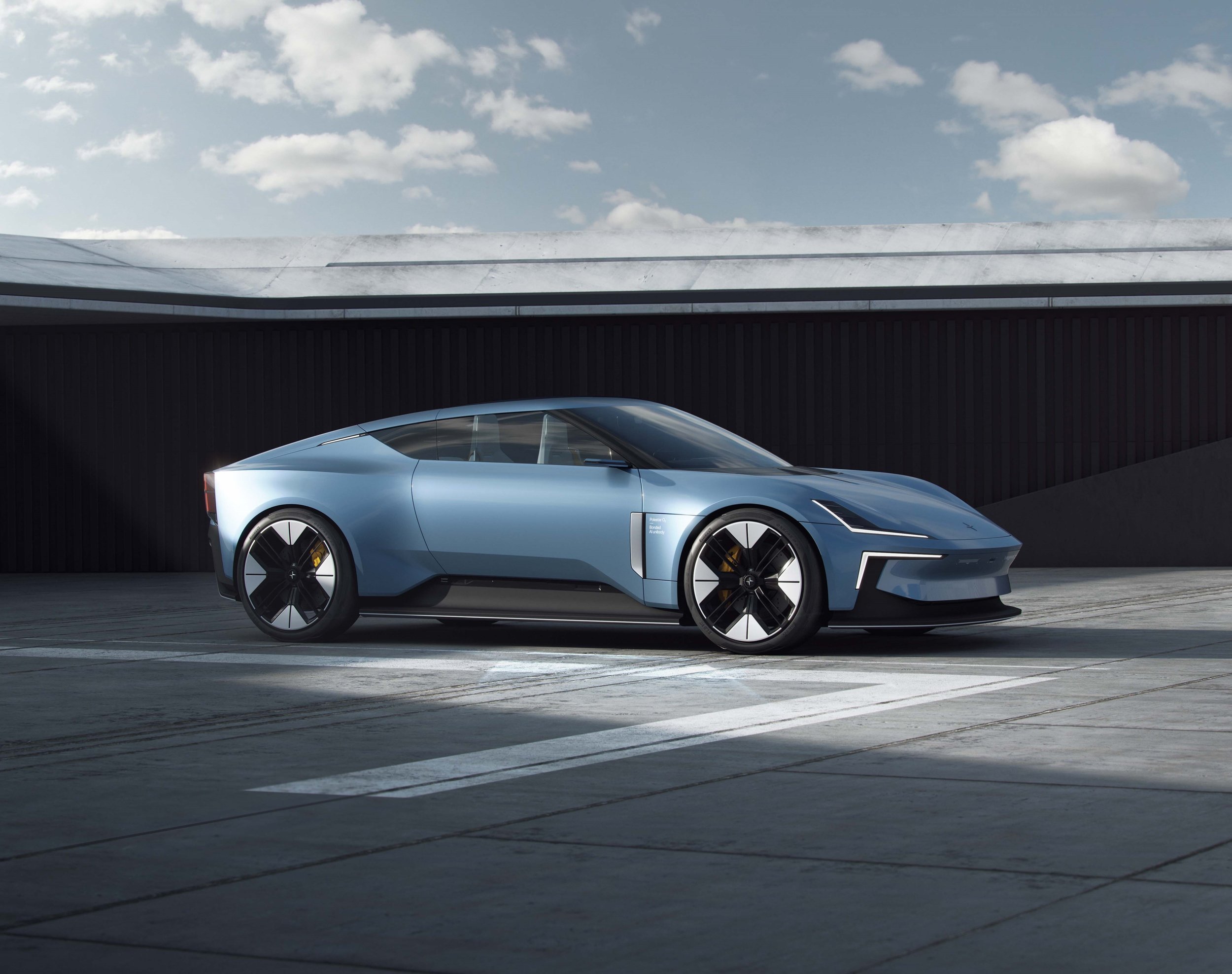Avant Time, Again
Two recently unveiled Audi designs provide some food for thought
The Ingolstadt Estate (all photos © Audi AG)
The core quality Audi successfully established through painstaking effort, over the course of several decades is precision.
Precision is found at the root of almost anything Audi design - in its historically evolved, essential form - stands for: The uncompromising finish of so many interiors; the minimal graphics and expertly crafted surfaces of a great many exteriors; even the use of aluminium, both as a structural and decorative element - which eventually became an almost inherent component of the brand - was as efficient at establishing a theme due to its precise implementation.
The levels of precision on display are hence the main measure by which to judge any new Audi model - two of which recently saw the light of day, under drastically different circumstances.
The first of these is alleged to be the China-only Q6, a re-bodied VW Atlas that must be considered the bluntest of Audis. It needn’t be addressed here.
Then there is the A6 Avant e-tron. First impressions suggest it’s merely an estate version of last year’s A6 e-tron concept car, which showcased that Audi are just as willing to dispose with a diligently established greenhouse graphic for no obvious reason as the competition further down the Autobahn A9. Yet this Avant e-tron lingers in a way its saloon sibling does not - especially so, if one chooses to ignore the lower third of the car’s body.
Without the irritating wedge highlight on the side, brash diffusor at the rear and unbalanced fangs at the front attracting undue attention, the A6 Avant e-tron’s fine stance and some carefully composed squaremetres of surfacing come to the fore. In fact, this slice of Avant may be the most undiluted piece of Ingolstadt design in almost a decade - ‘undiluted’ in relative terms only, however, as a superfluous silver accent on the roof and a hint of that Opel pilar graphic found on many recent production Audis are also present. Even so, the balanced proportions and those muscular haunches above the wheels - which aren’t clumsily over-emphasised - do leave an impression not of a return to form, but a diffident, small step in the direction of rediscovering the values at the heart of Audi design.
Some might argue that precision was never lost, that the very sharp folds found all over the bodies of current Audis are, in actual fact, exceedingly precise. But that would ignore the quantitative aspect of precision, as it is also about striking precisely the right balance between too much and too little - think of a surgeon with scalpel in hand, whose success indeed is entirely dependent upon precision.
An overabundance of impressively accurately manufactured grooves accordingly must not be considered fundamentally precise. That the A6 Avant e-tron sports so few of these hence gives reason for faint hope that, just like the estate body style, other traditional Audi cues and values weren’t lost, but are merely waiting to be rediscovered.















Car interior designer who created some of the most significant cabins of all time, most notably the Porsche 928’s